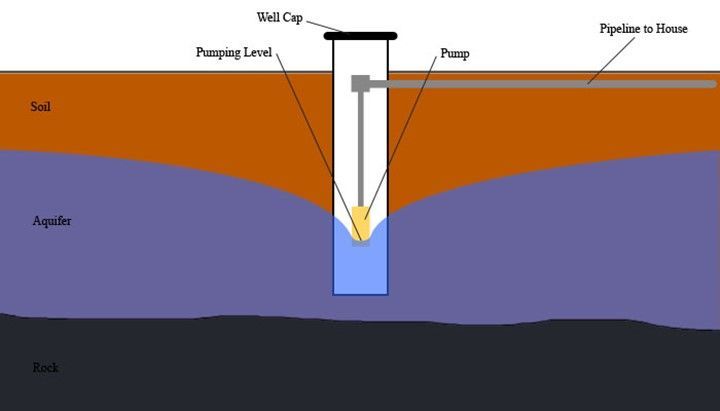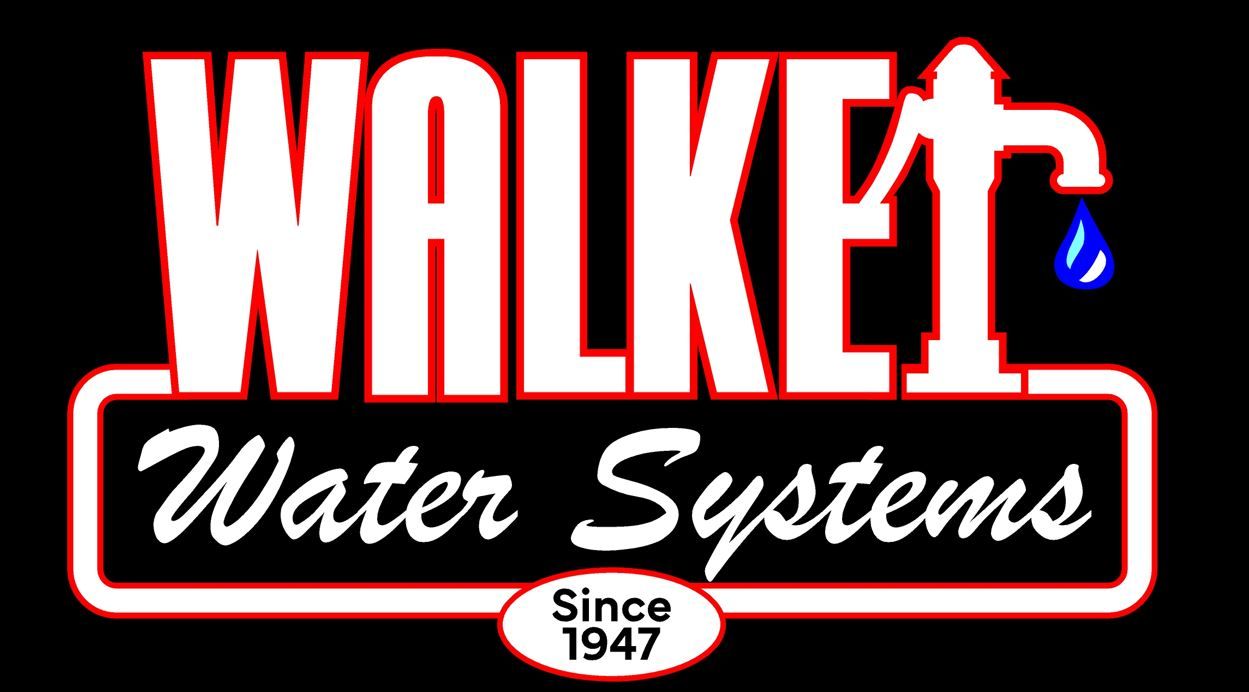Solutions for Dry Wells in Southern Idaho
In the well drilling business, two of the most dreaded words are “dry well.” Maybe it’s because well owners don’t have any control over a well going dry. Maybe it’s because it means an expensive repair or replacement. Maybe it’s because a dry well affects everything you do, from cooking meals at home to running a business.
Until this year, we’ve only seen a few wells actually go dry in the 60-odd years we’ve been in business. But as the Western US Drought rolls on, we’re starting to see more of them. With less rainfall, there’s less water seeping through the ground to recharge the aquifer.
Drilling a new well is expensive, and we don’t want folks to spend that kind of money unless they must. So, we thought we’d put out some information so that you can make an informed decision about how to handle things if your well goes dry.
Symptoms of a Dry Well
- Lots of air in the water
- Running out of water after heavy usage (like watering the lawn)
- Pump doesn’t produce as much water as it used to
- Pump runs for a long time before shutting off
- Water pressure is very low
- Takes a long time to build up pressure
- Neighbors have problems with their wells
However – and this is important – just because your water system has these symptoms, it doesn’t always mean your well is going dry.
How to tell a Dry Well from a Pump Failure
We’ve heard stories that, by ignorance or by design, folks have had a new well drilled that they might not have needed. In these stories, the driller is quick to “get the new one drilled and the old one filled” before the owner can get a second opinion. However, at Walker Water Systems, we want to make sure our customers get the best system for their money. Often, that can mean spending less money fixing your existing well instead of paying for a new one.
For example, if you have air in your water, it might be a dry well. But more often that not, the problem is either a hole in the pipe or a bad check valve. The only way to tell is to pull the pump out and examine it. Spending a couple hundred dollars to examine and repair your system is a lot more economical than spending several thousand on a new well!
One easy way to see if the well is going dry is to lift the pipe out of the pitless adapter and run it for a while. That’s typically a job that takes a truck with a derrick, and we’re happy to come take a look if you call us. First, we lift the pump about 5 feet and check to see if there’s standing water in the pipe. If there’s no water at the top of the pipe, then we know that it’s probably a hole or a failed check valve. If you’re worried about a dry well, this is good news – it’ll probably save you a big chunk of change.
So, let’s say we have the pump lifted up and we’ve got water in the pipe. The next step is to turn on the pump and let it run. If it pumps for a few moments and then runs empty, that’s bad news – your well is pumping down. But – if you can run the pump for 30 minutes or so without it is going dry, then your well is probably OK.
So you’ve got a Dry Well…
What’s Happening Underground?
Here’s a cross-section of what things look like underground before you turn the pump on. Water flows through the aquifer (blue), which is really a mix of broken rock and sediment that’s soaked with water. The top of the aquifer is about the same as where the water sits in your well. That point is called the static water level, or sometimes the pumping level.
When we configure a water system for a new well, we have to figure what depth it’s pumping from. The pump only must lift water from the pumping level to the surface, so we figure the size of the pump based on the static water level.


A quick note: Not all pumps are created equal. Not only do they have different horsepower, they also are designed for different amounts of water, and are designed to pump from different depths. We make sure to optimize the pump to the specifications of your well and water system. See our Pumps page for more information.
When you turn your pump on, this is what happens to the water in the aquifer:
The pumping level / static water level drops because your pump is pulling water out of the well. This is called drawdown, and the area affected by the pump is called the cone of depression. The shape of the cone depends on what kind of rock and soil you have in your area. The cone shows how far away your well affects your neighbors, and it also gives you an idea of how long it takes to recharge after your pump turns off.
